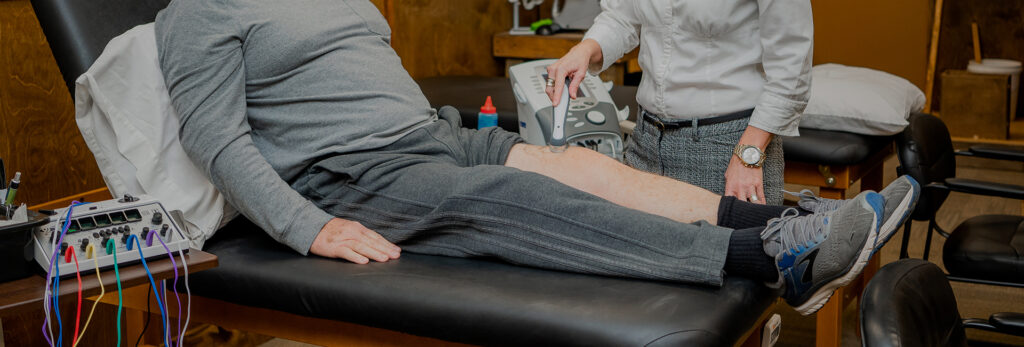If you’ve had knee replacement surgery, chances are very high that you’ll feel far less pain and can move around much better than before. Physical therapy (PT) is an important part of that recovery. Rehab exercises will help you walk, climb stairs, and return to other normal activities more quickly.
Physical Therapy Right After Surgery
This may surprise you, but you can expect to start PT within a day of your operation.
A physical therapist will come to your hospital room and show you exercises you should start doing right away. You’ll have fresh stitches and a brand-new body part. Trust that the moves are safe, though. They’re designed to:
- Strengthen your leg
- Restore knee movement
- Help you walk on your new knee
Home or Rehab Clinic
Most people spend 1 to 3 nights in the hospital. After you’re discharged, you might check into a rehab facility. There, you’ll usually get physical therapy 6 days a week for a couple of weeks. One advantage of a rehab clinic is that you will have help and you’re sure to do your exercises every day.
Most people will go straight home. Done right, home PT is just as helpful as in-patient rehab. You likely will need in-home physical therapy several days per week for 4-6 weeks.
A third way is to do your PT at an outpatient rehab clinic. Some people have even the knee surgery itself as an outpatient, without an overnight stay. Your doctor will decide the best option for you based on your age and health.
Home Care
If you go home instead of to a rehab clinic, keep these tips in mind:
Help your wound heal. Don’t soak it in water until it’s sealed and healed. Ask your doctor for advice on when showering after surgery is safe.
Eat right. Even if you don’t have an appetite after the operation, make sure to eat nutritious foods. Your doctor may also suggest an iron supplement or fiber-rich foods to lower possible problems with medications.
Move your new knee. Chances are you’ll get a walking plan that starts inside and then takes you outside as you get stronger. On top of that, you’ll do PT moves a few times a day at home.
Exercise Schedule
It’s not what most people would call a workout. But PT after knee surgery will make you stronger. You can expect to do 20-30 minutes of PT two or three times a day. You also may need to walk for half an hour at least a couple of times daily.
Day 1: At the hospital, a physical therapist will guide you as you get out of bed and put weight on your new knee for the first time. You might even take a few steps with a walker.
The therapist also will help you with bedside exercises. An example is to tighten your thigh muscles, hold for 5-10 seconds, release, and repeat 10 times. You’ll also “pump” your ankles by moving your foot up and down to tighten your shin and calf muscles.
Day 2: You’ll keep doing exercises to strengthen the muscles that support your knee. You will practice bending and straightening your knees, as well as flexing and relaxing your thigh muscles. You’ll also walk farther, either with a walker or crutches.
Days 3-5: You might still be in the hospital, or discharged to a rehab center or back home. You continue with as much PT as you can handle. With help, you might even climb some stair steps.
Day 5-week 4: You slowly ramp up your exercises as your knee gets stronger. During this time, you may:
- Walk farther with your walker or crutches.
- Need only a cane or a single crutch to walk. You can do this once you can stand for more than 10 minutes.
- Use an exercise bike. At first, you pedal backward only. You can pedal forward when your knee is strong enough.
After 4 weeks, your physical therapist may suggest you add light weights to add resistance. You should stick with all recommended exercises for at least 2 full months after your surgery.
Back to Regular Life
You might drive again as soon as 3 weeks after your surgery. But most people need 4-6 weeks before they can bend their knee to get in and out of the car.
In 3-6 weeks, you could shop for groceries, get up from a chair, and do other things that were difficult before the surgery. Just remember that you might not be 100% pain-free. Let you doctor know about any pain that bothers you.
Your knee could last more than 15 years, but it will eventually wear out. It’ll last longer if you avoid putting stress on it with activities like:
- Running
- Skiing
- Tennis
- Sports that involve jumping
The good news is that it’s easy to stay fit with your artificial knee. You can:
- Walk
- Swim
- Golf
- Go on light hikes
- Bike
- Dance

